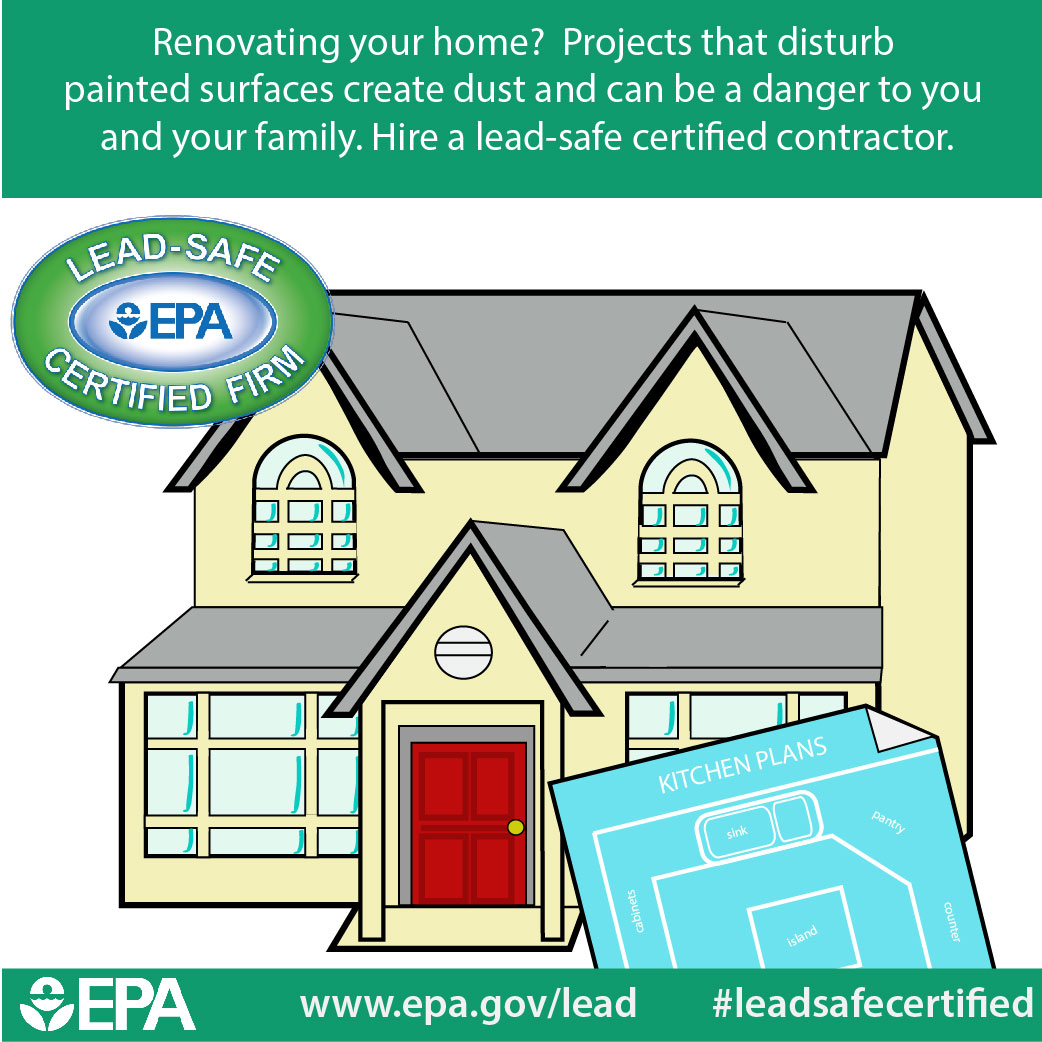Understanding Seasonal Influences On Commercial Outside Paint: Vital Expertise For Success
Understanding Seasonal Influences On Commercial Outside Paint: Vital Expertise For Success
Blog Article
Posted By-Aguilar Chaney
When you're planning a commercial exterior painting task, seasonal variables can make or damage your results. great post to read 'll wish to consider exactly how temperature and moisture effect paint application and drying times. Selecting the right season can guarantee your paint adheres correctly and lasts much longer. But which periods are really the most effective for this type of job? Allow's explore the key elements that can impact your job's success.
The Effect of Temperature Level on Paint Application
When you're planning a commercial outside painting task, the temperature can considerably influence just how well the paint adheres and dries out.
Ideally, you wish to paint when temperatures range between 50 ° F and 85 ° F. If it's also cool, the paint might not heal correctly, causing concerns like peeling or breaking.
On the flip side, if it's also hot, the paint can dry too promptly, preventing proper attachment and causing an unequal surface.
You must likewise consider the time of day; morning or late afternoon offers cooler temperature levels, which can be much more desirable.
Always inspect the producer's referrals for the particular paint you're making use of, as they commonly offer advice on the excellent temperature level range for optimum results.
Moisture and Its Impact on Drying Times
Temperature isn't the only environmental variable that affects your commercial exterior paint job; moisture plays a significant function also. High moisture degrees can decrease drying out times substantially, impacting the total high quality of your paint task.
When the air is saturated with dampness, the paint takes longer to treat, which can result in issues like inadequate adhesion and a greater danger of mildew development. If you're painting on a particularly humid day, be prepared for prolonged delay times between coats.
It's vital to check neighborhood weather conditions and strategy appropriately. Ideally, aim for humidity degrees in between 40% and 70% for ideal drying.
Keeping these factors in mind guarantees your project stays on track and delivers an enduring surface.
Best Seasons for Commercial Outside Painting Projects
What's the best time of year for your industrial exterior painting projects?
Spring and very early fall are generally your best bets. During these periods, temperatures are moderate, and humidity levels are frequently reduced, creating excellent problems for paint application and drying out.
Prevent summer season's intense heat, which can create paint to dry too swiftly, resulting in poor attachment and coating. In a similar way, winter months's cool temperatures can impede correct drying out and treating, running the risk of the longevity of your paint job.
Aim for days with temperatures in between 50 ° F and 85 ° F for optimal outcomes. Bear in mind to inspect the regional weather forecast for rainfall, as damp problems can spoil your project.
Preparation around these aspects ensures your paint project runs efficiently and lasts much longer.
Final thought
In conclusion, preparing your business outside painting projects around seasonal factors to consider can make a considerable distinction in the result. By organizing house painters fort worth tx throughout the excellent temperatures and humidity levels, you'll make certain far better adhesion and drying times. Keep in mind to keep an eye on regional weather forecasts and pick the right time of year-- spring and very early fall are your best bets. Taking these steps will assist you accomplish a resilient and professional surface that lasts.
